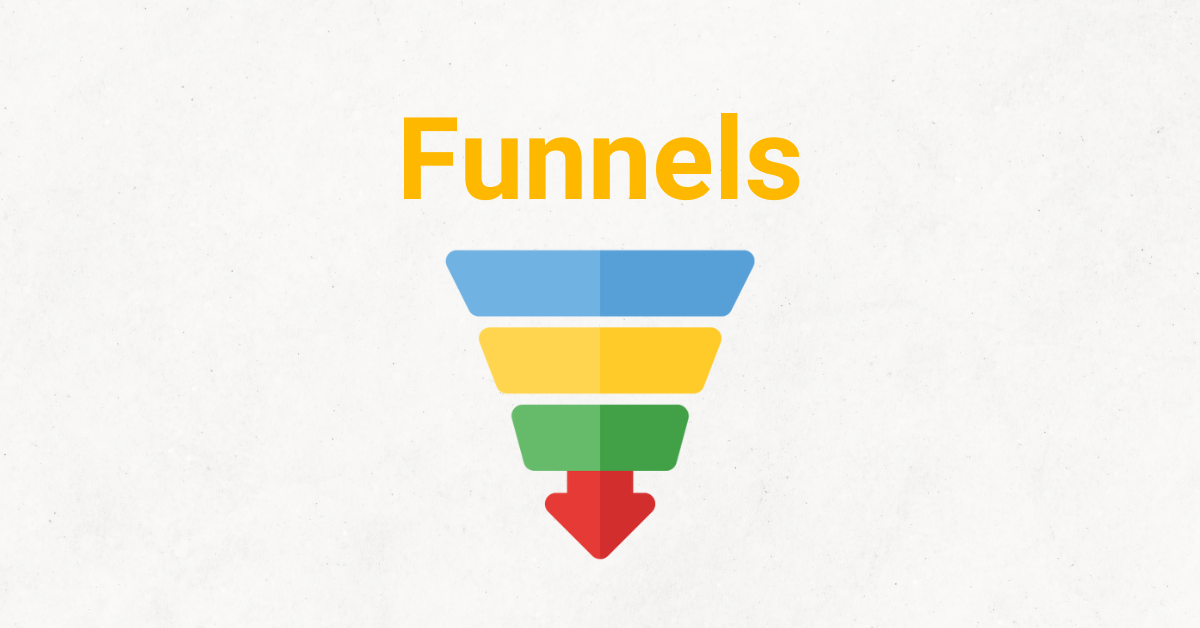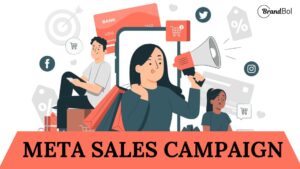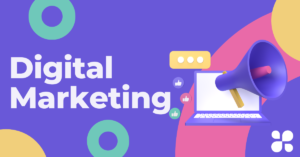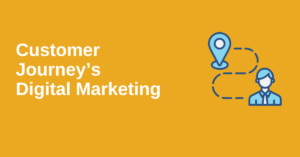In digital marketing, understanding the customer journey is crucial for creating successful campaigns. The marketing funnel, often referred to as the sales funnel, is a powerful tool that helps businesses visualize the steps a potential customer goes through before making a purchase. By understanding the marketing funnel, you can craft strategies to attract, engage, and convert leads into loyal customers.
This guide will break down the key stages of the marketing funnel, offer practical tips on how to optimize each stage, and show why it’s an essential concept for any business looking to grow.
What is the Marketing Funnel?
The marketing funnel is a model that illustrates the path a prospect takes from the moment they first become aware of your brand until they make a purchase (and potentially beyond). It’s typically divided into three main stages: Top of the Funnel (TOFU), Middle of the Funnel (MOFU), and Bottom of the Funnel (BOFU)
Each stage represents a different phase of the customer journey and requires specific tactics to move prospects closer to conversion.
The Stages of the Marketing Funnel;
1. Top of the Funnel (TOFU) – Awareness:
At the top of the funnel, potential customers are becoming aware of your brand, product, or service. They may not know much about you yet, but they’ve encountered a problem or need that your business could solve.
Goals at TOFU:
– Build brand awareness
– Attract a wide audience
– Educate and inform
Strategies for TOFU:
– Content Marketing: Blog posts, social media, videos, and infographics that address customer pain points and offer helpful solutions.
– SEO:Optimizing your content for search engines to drive organic traffic.
– Social Media Ads: Engaging content and ads that introduce your brand to new audiences.
2. Middle of the Funnel (MOFU) – Consideration;
In the middle of the funnel, prospects are evaluating their options. They are aware of their problem and are actively seeking solutions. At this stage, they are more interested in learning how your product or service can help them compared to other alternatives.
Goals at MOFU:
– Build trust and credibility
– Educate prospects about your product’s benefits
– Nurture leads
Strategies for MOFU:
– Lead Magnets:Offer valuable content (e.g., eBooks, whitepapers, webinars) in exchange for their contact information.
– Email Marketing: Create automated email sequences to nurture leads and guide them through the decision-making process.
– Case Studies and Testimonials: Showcase success stories and social proof to build trust.
– Webinars and Product Demos: Give potential customers in-depth information about how your product works and how it solves their problems.
3. Bottom of the Funnel (BOFU) – Decision:
At the bottom of the funnel, prospects are ready to make a purchase decision. They’ve evaluated their options and are weighing the benefits of choosing your product or service over others. This is where the conversion happens, but it’s also a critical point to offer reassurances and incentives.
Goals at BOFU:
– Convert leads into paying customers
– Provide the final push for purchase
– Reduce any barriers or doubts
Strategies for BOFU:
– Free Trials or Demos: Allow prospects to experience your product firsthand.
– Discounts or Limited-Time Offers: Use scarcity and urgency to motivate action.
– Product Comparisons: Help potential customers make the final decision by clearly showcasing why your product is the best fit.
– Retargeting Ads: Serve ads to users who have visited your website but haven’t yet converted. Beyond the Funnel – Customer Retention and Loyalty
While the funnel traditionally ends with the purchase, modern marketing focuses on customer retention and loyalty. Keeping customers engaged post-purchase can lead to repeat business and word-of-mouth referrals, which are valuable for long-term growth.
Strategies for Post-Purchase Engagement:
– Loyalty Programs: Encourage repeat purchases with rewards and incentives.
– Email Newsletters: Keep customers informed about new products or offers.
– Customer Feedback: Ask for reviews and testimonials to maintain engagement and improve your offerings.
Optimizing the Marketing Funnel
1. Track Metrics at Each Stage: Use analytics to measure your funnel’s performance at every stage. Key metrics include traffic, bounce rate, conversion rate, and average order value.
2. Refine Your Audience Targeting: If your funnel is leaking (i.e., losing potential customers), analyze whether you’re targeting the right audience at the TOFU stage.
3. A/B Testing: Continuously test different elements of your funnel, from landing pages to email subject lines, to improve conversion rates.
4. Customer Feedback: Regularly gather feedback from your customers to refine your content and marketing strategies.
Why Understanding the Marketing Funnel is Crucial for Success
Understanding the marketing funnel allows businesses to guide prospects more effectively through the buyer’s journey. By tailoring your strategies to each stage of the funnel, you can ensure that you’re delivering the right message at the right time, leading to better conversion rates, higher ROI, and increased customer satisfaction.
Ultimately, a well-optimized marketing funnel isn’t just about driving sales—it’s about creating long-lasting relationships with your customers. When you can anticipate their needs and deliver value at every stage, your brand stands out in a crowded marketplace.
Conclusion;
Mastering the marketing funnel is essential for building a successful digital marketing strategy. By understanding how each stage of the funnel works and implementing the right tactics, you can attract the right audience, nurture leads effectively, and convert them into loyal customers. Start optimizing your funnel today to drive growth and success for your business!




